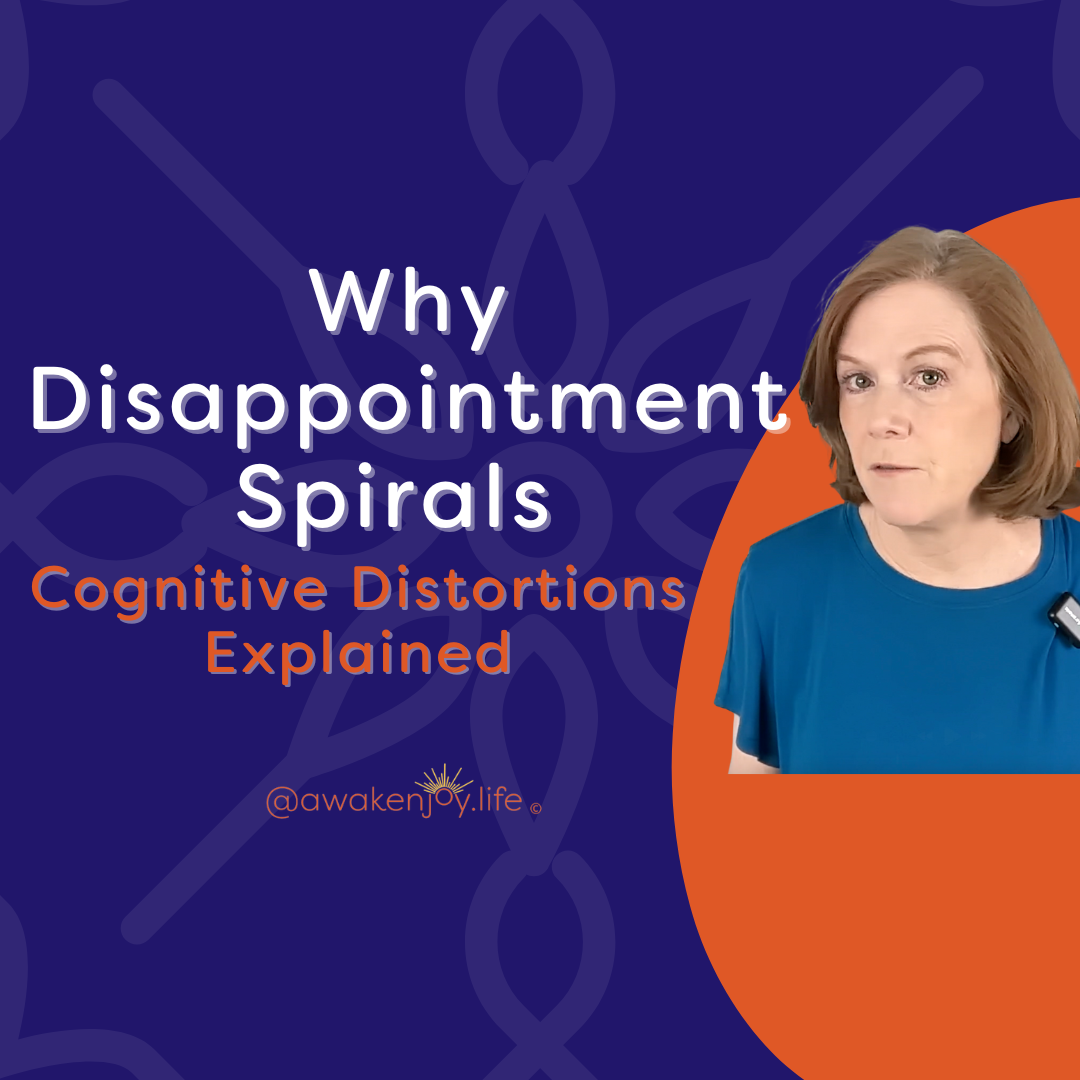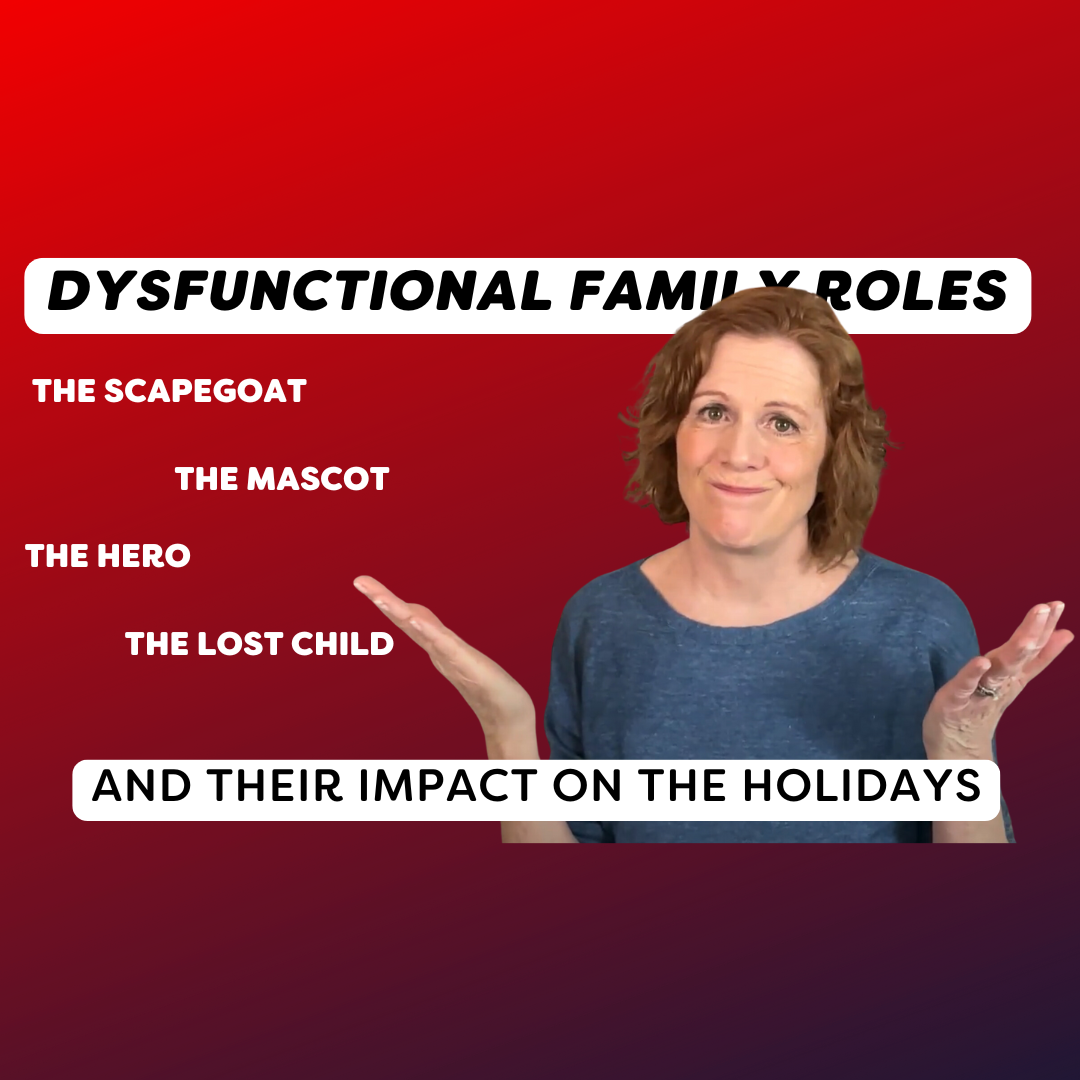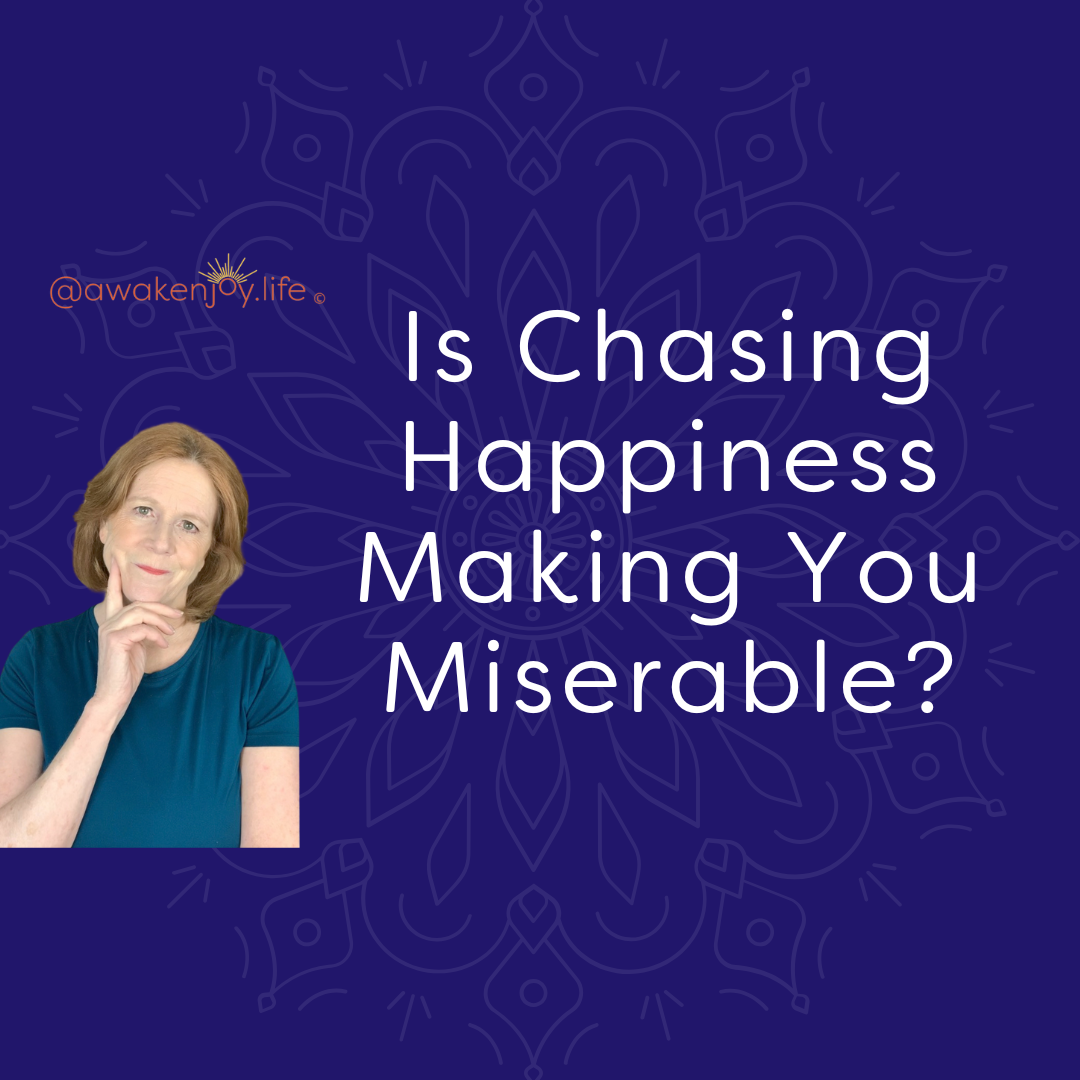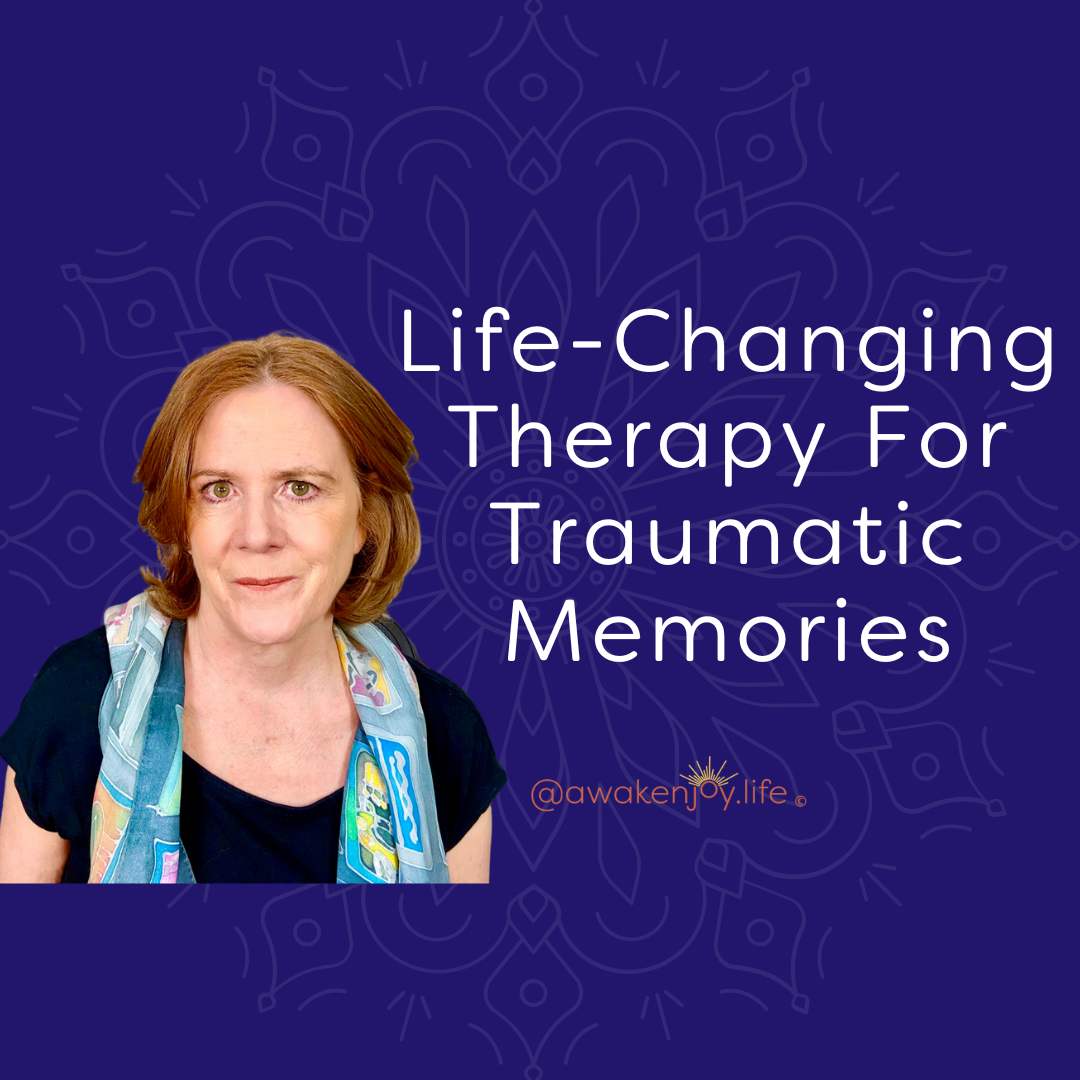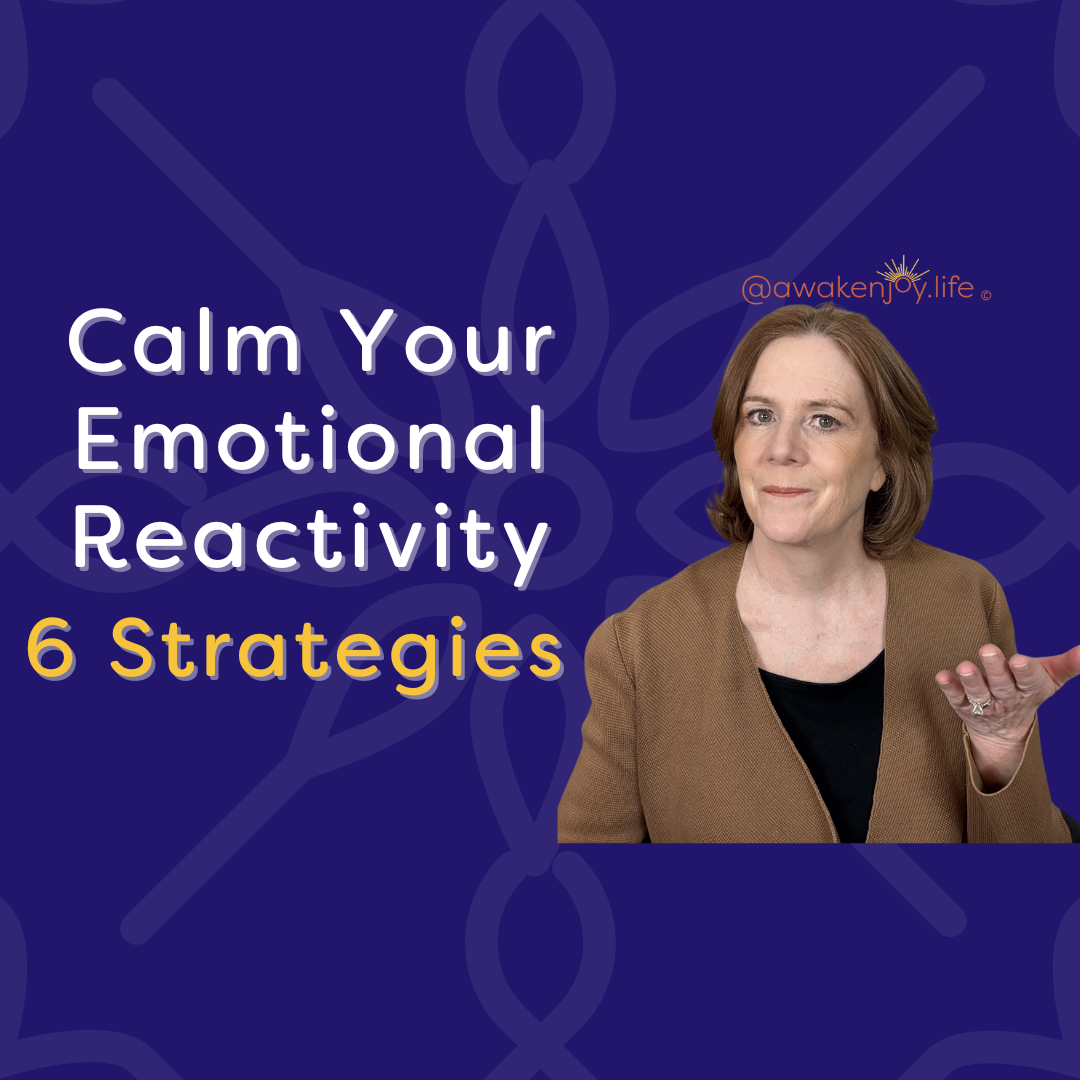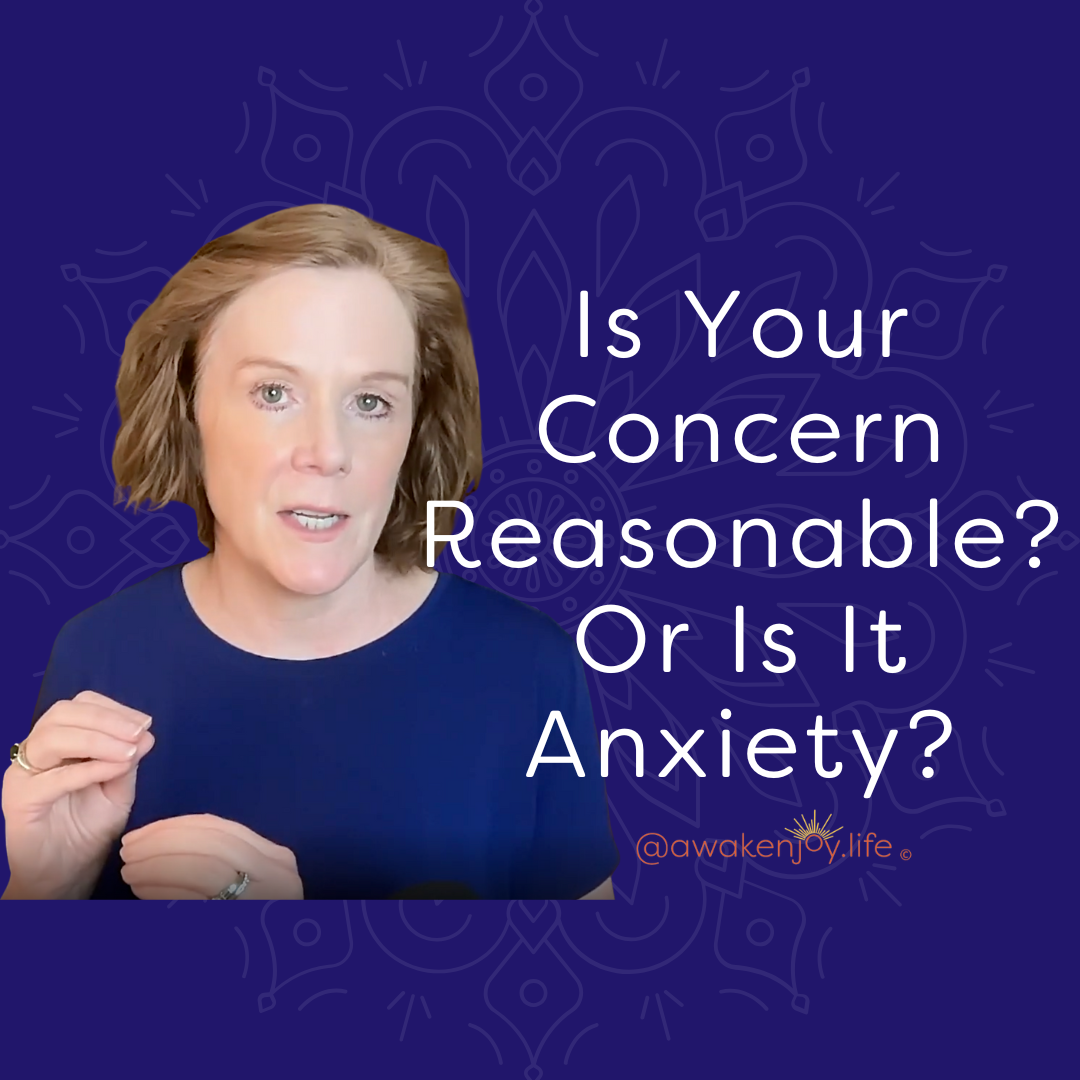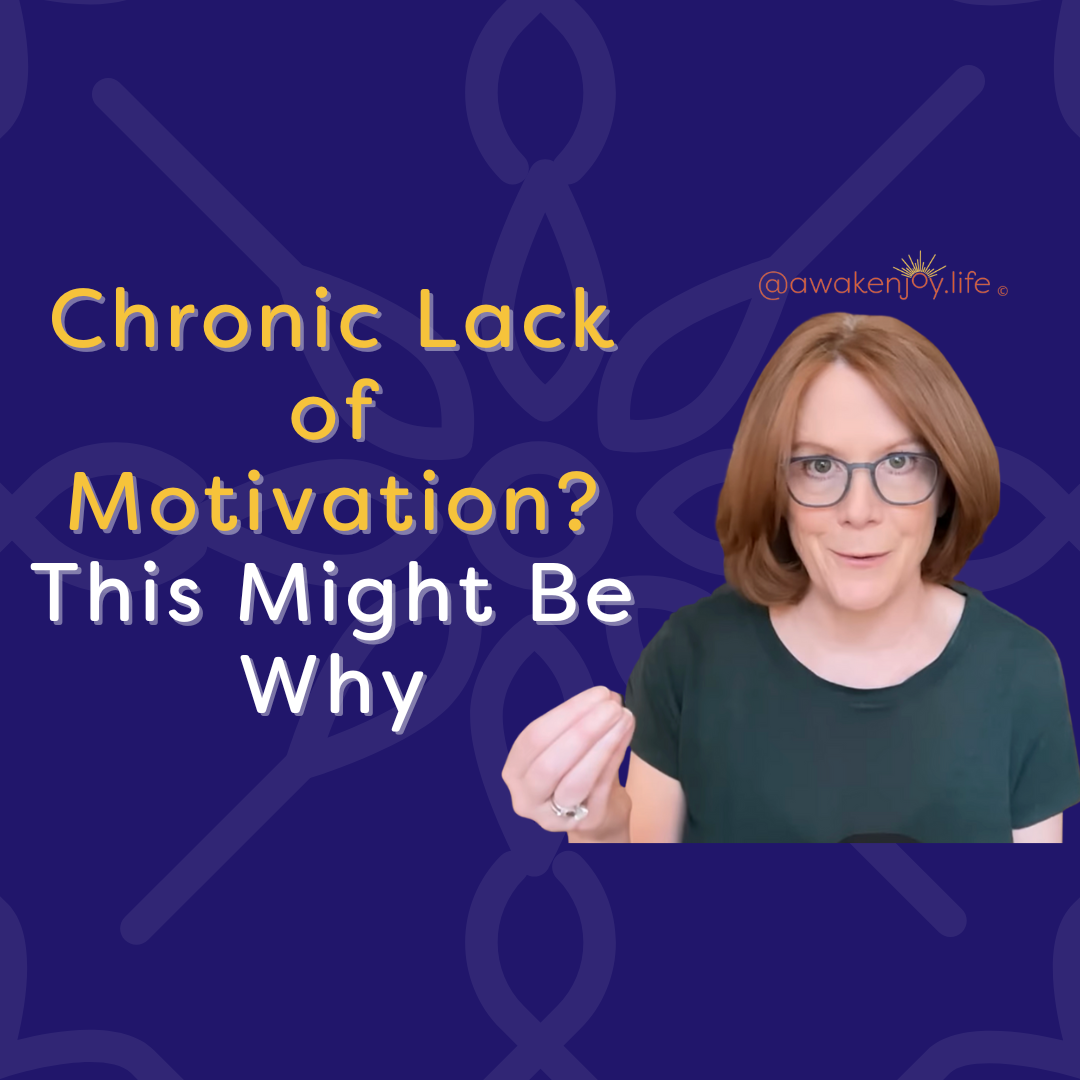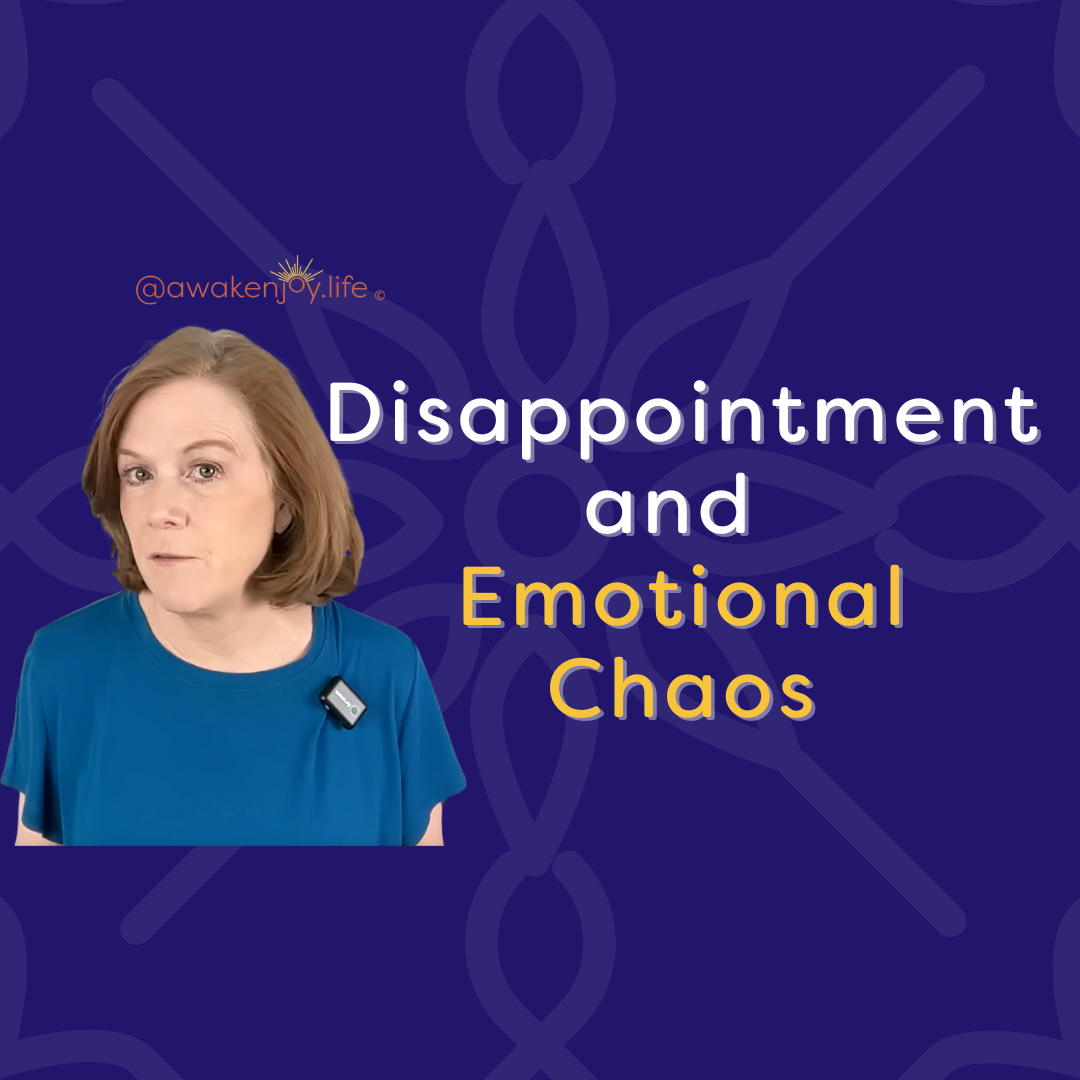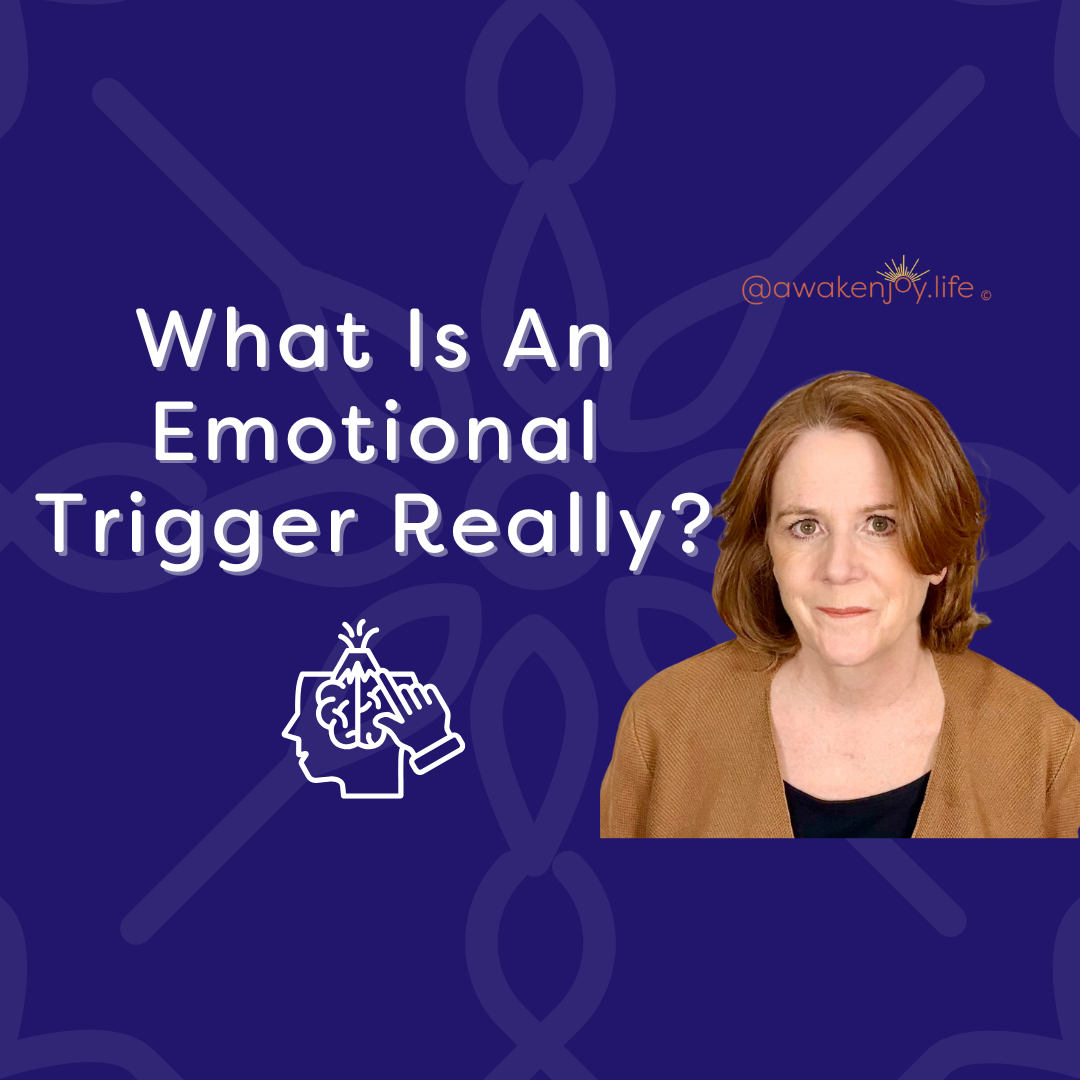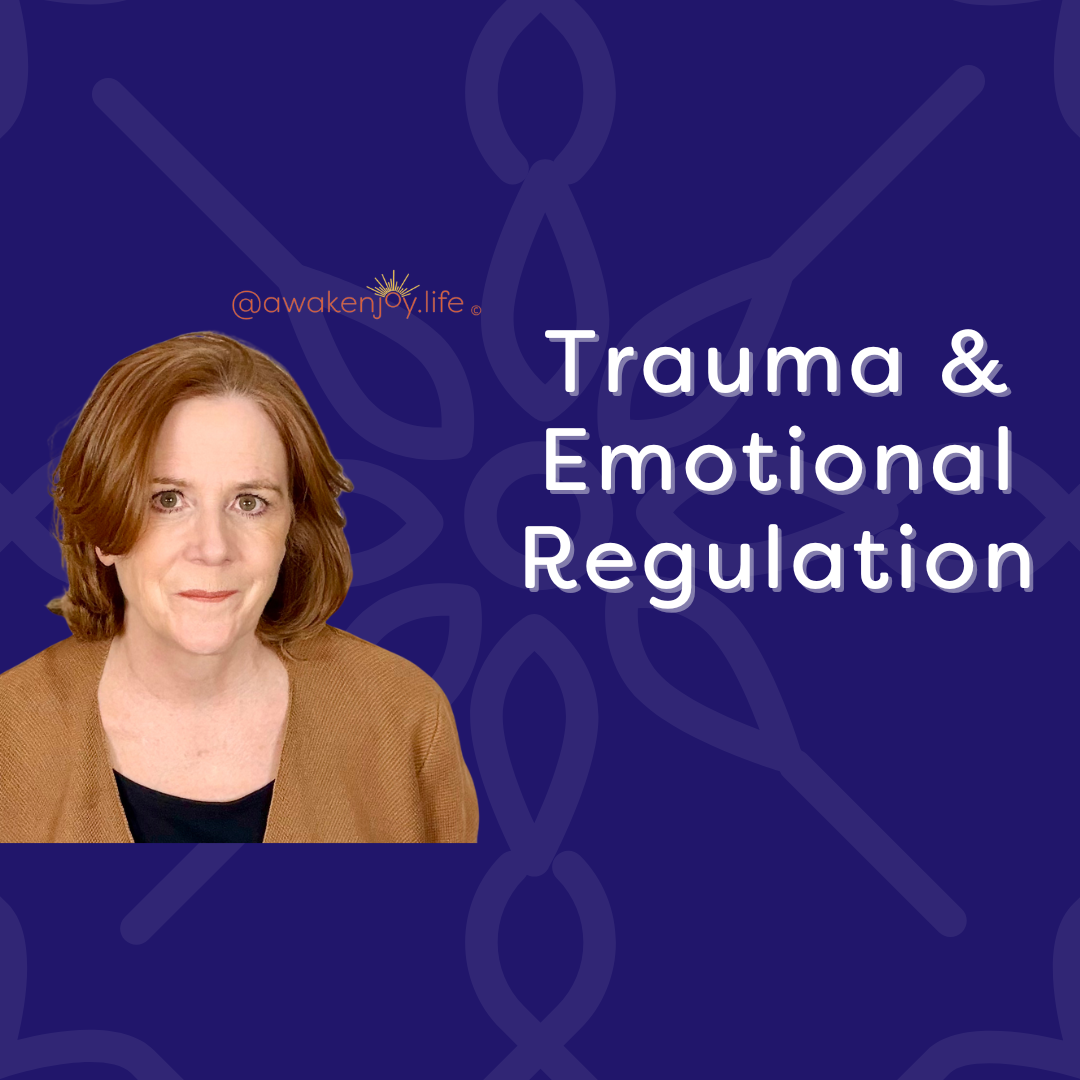How to Calm An Amygdala Hijack

7 Steps to Help Manage an Amygdala Hijack
The Amygdala Hijack: An "Excessive" Response to a Situation
Your amygdala is actually
designed to take over your muscles, your frontal lobe, your hormonal output, your entire nervous system, and you
want that to happen in the face of immediate danger.
The problem is that your amygdala can't differentiate between an immediate extreme survival threat (like a saber-tooth tiger attacking you right here in this moment) and something that feels very stressful. A difficult work situation, a boss yelling at you, a fight with your partner, giving a public speech - your amygdala, if it is tuned to go, is going to react to all of those things with the same impulses that it will react to a survival threat. This reaction is called an amygdala hijack.
(And for last week's blog on
Amygdala Hijack Explained, click here).
An amygdala hijack is an overwhelming response to a stressful situation, but the response is in excess of what's actually needed. The hijack happens when the stressor causing it is not actually a life-threatening danger. It also happens when you're imagining a future life-threatening danger because your amygdala can't differentiate between what's actually happening and what you're imagining. Your amygdala reacts the same to something that's very far in the future to something happening now, because it has no sense of time.
This article will help you learn how to manage these amygdala hijacks. They will happen, but the more you can be prepared for them, and the more you understand yourself, the more able you will be to calm that reaction. You'll be more able to keep your frontal lobe online, operating correctly, which will help you respond to stressful situations, rather than react.
Important Things to Know About the Amygdala Hijack
Before we dive into management techniques, here are some important points about the amygdala hijack that relate to how you'll learn to manage it:
Different Responses, Same Mechanism
Remember that the amygdala hijack can happen with a fight, flight, or freeze response. We hear a lot of examples of the amygdala hijack when it is a fight response: for example, somebody going into a rage and beating somebody up. But it can also happen with the flight response and the freeze response. It happens with whichever is your "go-to" stress response.
Your Thinking Brain Does NOT Shut Down
The amygdala hijack doesn't actually shut down your frontal lobe. It co-opts it. It brings the frontal lobe into the service of the survival impulse.
It's NOT Your Emotions Taking Over
The amygdala hijack is not your emotions taking over - it's your reactivity . Our emotions can be a wonderful wealth of information. Our emotions help us make good decisions. They help us feel joy. They help us choose what we want, know what we want. So this is not about those emotions being horrible and we need to be totally rational. This is about a reactivity that is based in your biology, a survival response which is useful when needed but NOT useful when NOT needed!
The Critical Role of the Hippocampus
The last piece to keep in mind here: your amygdala is very closely linked with another part of the brain, which is your hippocampus. Your hippocampus is about memory and emotion.
The hippocampus focuses on emotional memories, in particular intense emotional memories, and it makes associations between situations and the emotions you felt, and it links those very closely.
Then, going forward, if it recognizes any similar situations, associations, or patterns, it communicates an anticipation of that emotion to your amygdala.
Understanding the connection that these brain regions have made between situations and emotions, given your personal history, is the key to learning how to manage the amygdala hijack. It is the key to why you get hijacked - that conditioned response in your brain.
Eight Steps to Calming an Amygdala Hijack
#1. Recognize the Signs and Symptoms
The first step in calming down that amygdala hijack is to recognize the signs and symptoms of the hijack. These can vary person to person, but generally include:
- An overwhelming rush of emotion and physical symptoms (anger, fear, panic)
- An intense, immediate emotional response to something
- Feeling totally overwhelmed, unable to cope
- Physical symptoms like a racing heart and shallow breathing
- A feeling that you can't move your muscles or feeling like you have to move your muscles
- Difficulty thinking clearly or speaking clearly
- An inability to focus on anything other than what you feel at that moment is a threat
People who go into rages will talk about "seeing red" - just like all of a sudden, whoosh, they just see red.
What you want to do in recognizing these symptoms (and I understand this is not the easiest) is to pull in your "observer brain" whenever you notice these symptoms. You can realize, "Okay, these are the symptoms of that fight, flight, freeze response," and then do whatever you can to breathe more calmly and be more present.
Both for myself and in working with people over 20 years as a therapist, it became obvious that as you begin to pay more and more attention to these symptoms, you'll be able to "back up" so you can see them before they get totally overwhelming. So the earlier you can catch some of these symptoms, the better.
2. Take a Pause
Take a pause the second you feel an overwhelming rush of emotion. Take a deep breath, take a moment, take a pause.
I used to run an agency and we had programs in the elementary schools for little kids, and we used the theme of "Stop, take five, and think."
Even a very brief pause will help.
3. Know Your Patterns
Step three is to know your patterns. This means understanding not just the symptoms of the amygdala hijack, but also the patterns that you have. What situations tend to cause anxiety? What situations tend to cause you to go into a rage or to freeze?
Understanding your history helps you understand what's encoded in your hippocampus. The situations and emotional responses that are encoded are what is triggering your amygdala to panic. When you understand the situations that tend to trigger you, you can start step number four earlier than otherwise.
4. Engage Your Prefrontal Cortex Early
If you know your patterns and you know that, say, giving a speech makes you panic, most likely what is happening now is that prior to a speech, your mind is going, "Oh no, oh no, it's coming." Your amygdala is already activated well before you have to get up on that stage and give that speech, so you're actually hijacked long before you're actually aware of it.
This happens with panic attacks too. People will say they hit out of the blue, but once they begon to do therapy, they'll realize that even before the panic attack hits, they are anticipating that one
might happen and therefore becoming anxious already.
Let's say you have had a panic attack in a car while driving. Before you next get in the car, you'll be thinking, "Oh no, am I going to have a panic attack?" You are already engaging that hippocampus and amygdala to begin that process of pumping out your stress chemicals.
So if you know this, you can actually do the opposite. Worrying about giving that speech ahead of time is not going to help. You can actually do some of the regulatory techniques, some of the emotionally regulating techniques, to calm down prior to going. So instead of the "Oh no" that's coming, you can think, "Okay, well I don't like giving speeches, I don't like seeing those people, I don't like being in the car, but right now none of that is happening and I can remain regulated prior to that time."
This will really, really help you. It may not sound like it's going to help you, but it will help. The anticipation won't be ramping up your anxiety based on a possible future threat. Remember, your amygdala can't differentiate between the current threat and the future imagined threat.
So to summarize step four: engage your prefrontal cortex before you enter a situation that might be triggering.
5. Use Grounding Techniques
Step five: grounding techniques. These are so helpful, and practicing these regularly - not when you're in the middle of an amygdala hijack, not when you are in the middle of a situation that's stressful - practicing them regularly is what is eventually going to rewire and retrain your brain and help you stay more present.
Grounding techniques can be things like stomping your feet, being aware of all your senses, paying attention to what you're hearing, what you're seeing, really being present, grounding into your body. (I have a video on grounding techniques - you can click here to see it - and there are many other videos out there - I highly recommend them).
Remember, the amygdala hijack is happening before rational thought. Your amygdala moves at lightning speed to create these survival responses, so they are reflected in your body before you are even aware of it. So the body-based techniques, from the body up rather than from the head down, are really going to help.
6. Practice Mindfulness
Practicing some type of mindfulness every day is important. An example could be a mindfulness exercise while you wash the dishes. See if you can really focus on the feeling of the water, the soap - if it's warm water, it probably feels good. Focus on what you are doing, ather than worrying about what else you have to do and rushing through it. When you do this, your mind and body are not aligned. Your mind is "over there" and your body is here and not wanting to be here. That's how most of us do dishes or vacuum or a lot of these basic tasks in life. So, see if you can be really present.
We are happiest when we align our bodies with our minds so that we are present, here in this moment with what is actually happening right now. We are happiest and we can be more emotionally regulated.
7. Use Positive Visualization
Use your imagination to generate calm, peaceful feelings.
The same way imagination triggers stress chemicals when you imagine horrible things happening in the future, when you imagine something nice and pleasant, you are triggering the opposite.
Sometimes people call this a "safe place exercise." I find that term really can trigger people. So in the webinar that I have, I talk about the "beautiful place exercise." This exercise is to imagine being in a beautiful place, (really imagine it with all the bells and whistles, the sights, the sounds, the smells, everything about it) and you will be releasing the chemicals that will help you calm down. (For the free webinar, you can click here to register) .
This is something to practice on a regular basis, not just in the middle of an amygdala hijack. In fact, I think it's probably impossible to use the imagination of a beautiful place in the middle of an amygdala hijack.
But if you can even remember it, if you can even remember that there is such a thing, and also remember that your body is responding with chemicals it does not need, that will bring your prefrontal cortex online. It will help you calm yourself physically, emotionally and cognitively.
8. Rewire Your Associations
Use your imagination to begin to rewire the associations created by your hippocampus. Let me give you some examples.
Let's say you have a very deeply embedded fear of authority figures from when you were a kid. Not uncommon. So now when you are with your boss, you are having an overblown reaction to criticisms and you go into a regular amygdala hijack in situations where there's any kind of work conflict.
You can use your imagination - and if you can do this with another person, wonderful, but you can also do it by yourself - to think through what you could say and then practice actually saying it. So you can imagine that your boss is upset with you, and imagine what they are saying. As you do this, initially your body will respond to what you are imagining with stress chemicals. Attempt to keep your body calm as you imagine this (by breathing or alternating grounding with the imaginary work). As you practice this, you will eventually be able to picture your boss being mad without generating stress chemicals. You can also picture, and then practice, your response. See yourself verbalizing the response you would like to have in that moment while remaining calm.
What you're doing is you're giving your body and brain different experiences in connection to an association that you have an ingrained fear response to. I'm hoping this makes sense. I could go into a lot more detail on this, but I just want you to get the basic concept that your fear responses were ingrained in connection to certain situations, patterns, sometimes even sounds or smells, from the past. Reconditioning yourself, rewiring those associations by practice and by staying calm can be very effective. Exposure therapy and EMDR therapy utilize this neurobiological response to help clients change their associations.
Some Final Thoughts
Self-Compassion Is Key
Self-compassion is extremely helpful. Do your best - I know it's hard for a lot of people to do this work.
Your capacity for calming your amygdala can be developed, but it will take time. Avoid criticizing yourself for having these responses. Know that they are normal. You're actually wired that way, and you're learning and you're trying.
Consider Professional Help
Then of course, professional help can be super, super helpful, particularly if you have had a lot of stress or a lot of trauma in your life. A lot of what I talked about today is about rewiring your nervous system, your autonomic nervous system, and the connections it makes to situations that don't require that response. (And I no longer provide 1:1 therapy or coaching, just as an FYI. Some resources that might help if you'd like to pursue this:
Videos on EMDR therapy , including one on
Find an EMDR therapist .
VirtualEMDR : an online program to assist Self-Administered EMDR (and here's a video on
Self-Administered
EMDR )
Betterhelp online therapy (and there are other online therapy providers).
Looking Forward
Let me know if this all made sense. Let me know if you have questions. You can comment below or in the
YouTube comments . Remember that by understanding the amygdala hijack and how your brain works, and by regularly practicing these techniques, you can gradually gain more control over your emotional responses and improve your overall well-being.
If you found this blog helpful, you might enjoy reading:
All Anxiety is an Amygdala Hijack.
Blog Author: Barbara Heffernan, LCSW, MBA. Barbara is a licensed psychotherapist and specialist in anxiety, trauma, and healthy boundaries. She had a private practice in Connecticut for twenty years before starting her popular YouTube channel designed to help people around the world live a more joyful life. Barbara has a BA from Yale University, an MBA from Columbia University and an MSW from SCSU. More info on Barbara can be found on her bio page.
Share this with someone who can benefit from this blog!
